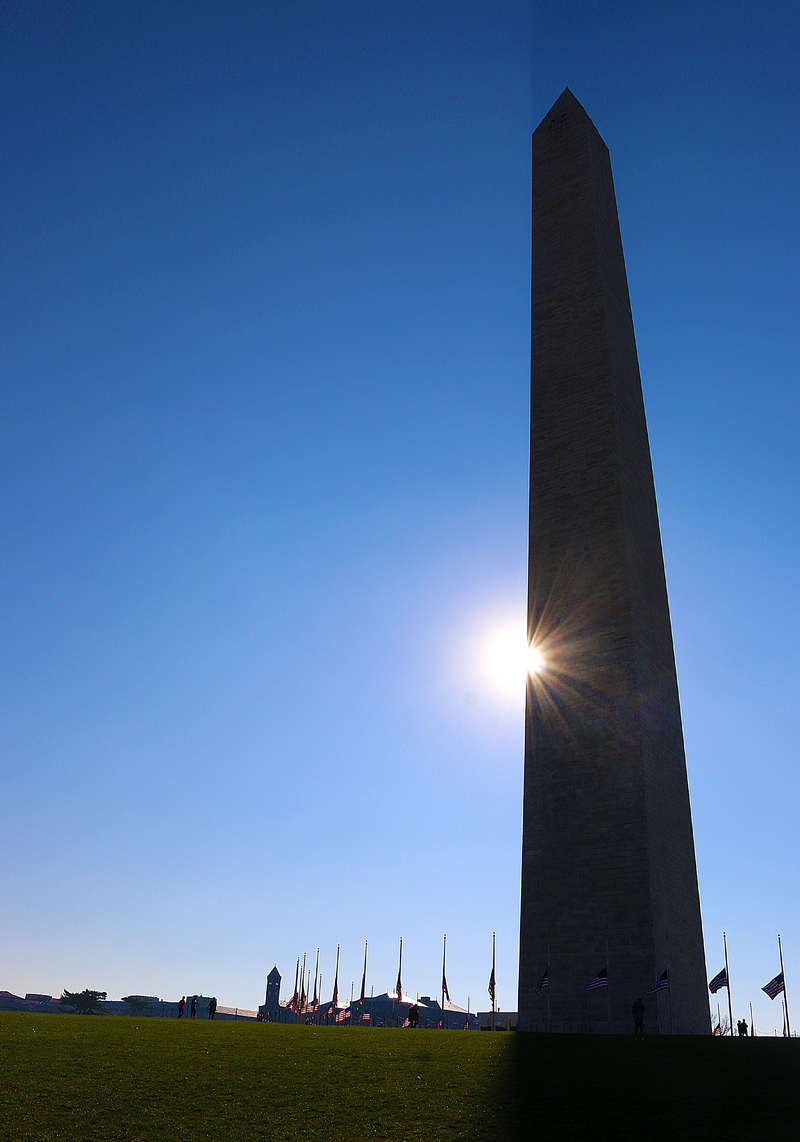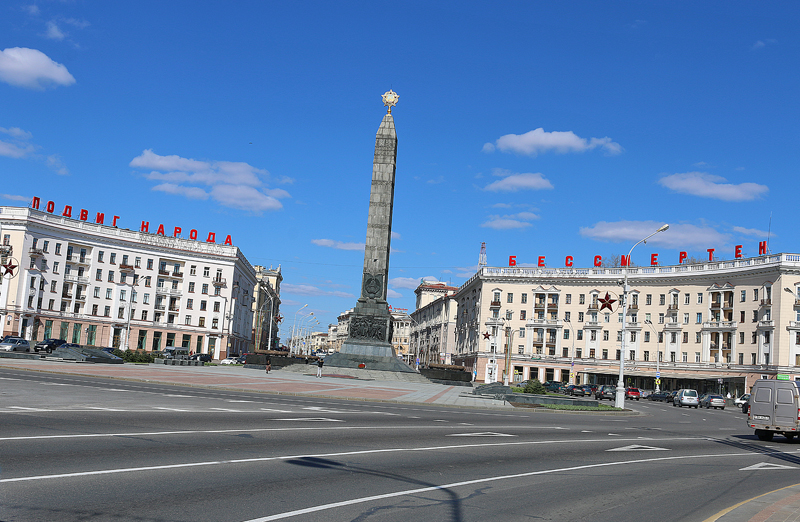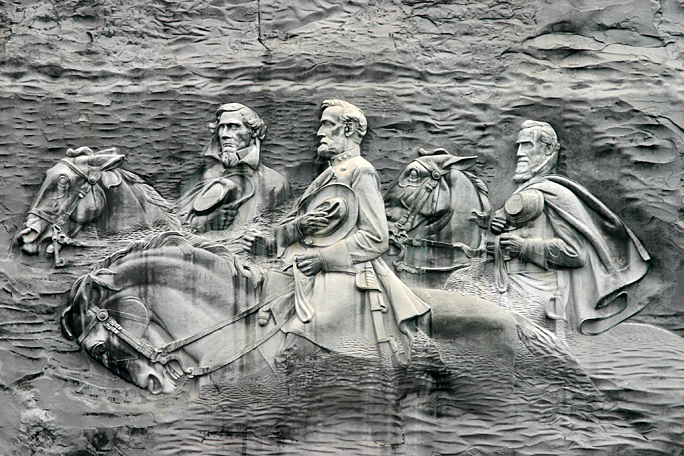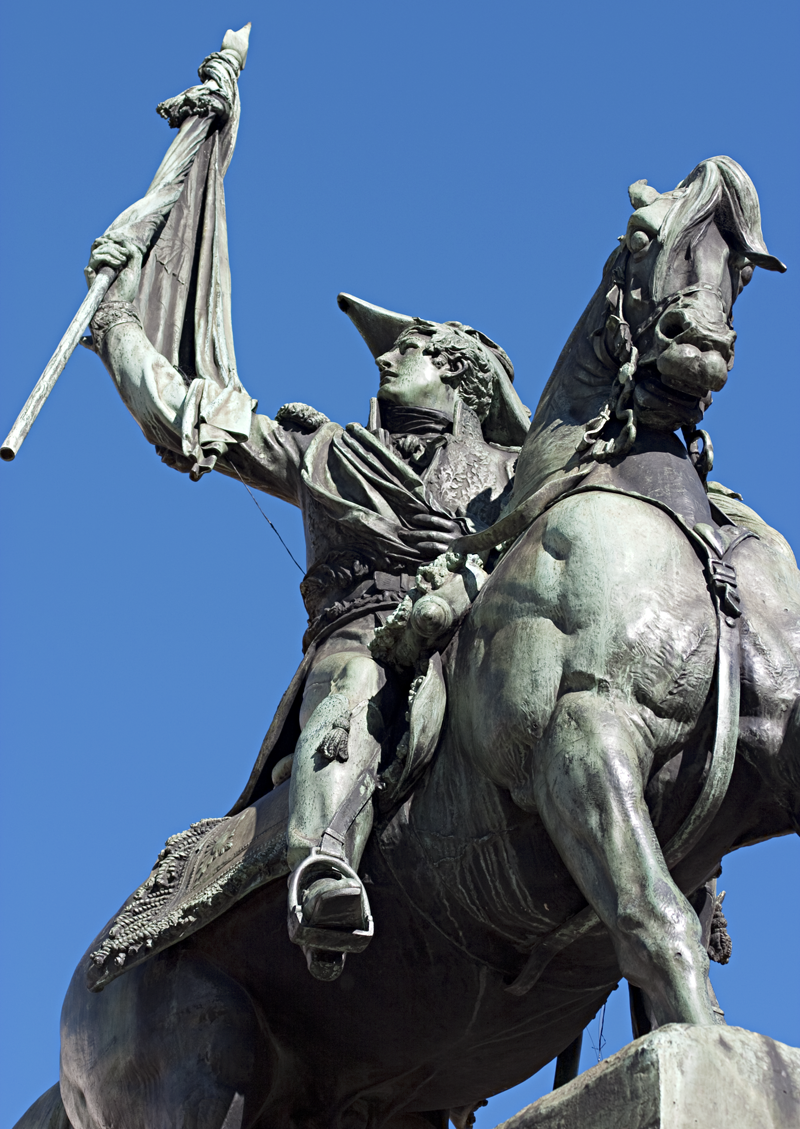Another campaign has been sweeping across the United States during the spring of 2020 to literally erase reminders of the days when the Confederate States of America formed after Abraham Lincoln — who was opposed to slavery — was elected the 16th president of the United States in November of 1860.
Should Every Statue and Monument Ever Erected Just Be Destroyed?
A statue of Robert Edward Lee mounted on his horse Traveller was commissioned in 1917 and was commemorated in 1924 in Charlottesville; but the vice mayor of the city in Virginia called upon the city council for the removal of the statue back in the fall of 2017, as Robert E. Lee was a general for the army of the Confederate States of America, which is considered offensive to people such as descendants of those who were slaves.
A protest — which was called the Unite the Right rally — opposed to the removal of the statue became violent and resulted in the death of one woman and left 19 other people injured on Saturday, August 12, 2017.
That incident was key in accelerating the movement to remove statues and monuments throughout the United States…
…and almost three years later with the recent deaths of black people at the hands of police officers — such as George Floyd, Breonna Taylor, and Rayshard Brooks to name only three examples — the movement has ignited again as a result.
John Oliver of Last Week Tonight on HBO discussed this issue in this video back in 2017.
Who — or What — is Next After Christopher Columbus?
“In the wake of the Charlottesville incident, New York City Mayor Bill de Blasio commissioned a 90-day review of all the statues in the city”, according to this article written by Mark Osborne of Good Morning America on ABC News pertaining to the removal of statues and monuments erected in honor of Christopher Columbus. “The Columbus controversy has been most prominent in New York City, where a 76-foot tall statue of the Italian explorer rises over Columbus Circle at the southwest corner of Central Park. The monument, designed by Italian sculptor Gaetano Russo, was officially unveiled in October 1892.”
Although Columbus Circle is not the most popular tourist attraction in New York, this expands a dangerous precedent of attempting to erase history.

Perhaps the Statue of Liberty is next for removal for any crimes committed by French people, as France gave the statue to the United States as a gift?

Can we uncover some nefarious information about George Washington so that we may tear down the Washington Monument and move on ahead with establishing the state of Jefferson — unless we uncover some torrid dirt about Thomas Jefferson or George and Louise Jefferson?

Even former concentration camps are not immune from this craziness. Marek Olszewski was fired from his role as the head of the Polish Tourist Organization after he allegedly told the Gazeta Wyborcza newspaper that Auschwitz did not promote Poland as an attractive tourist destination: “Auschwitz is not a tourist product but a place of martyrology, reverie and reflection, and we are promoting Poland as an attractive tourist destination”, according to this article written by Rosa Doherty for The Jewish Chronicle. “I do not need to expose places and events connected with the history of other nations.”
We should just destroy every statue and monument ever erected. This way, all of our problems will be solved and everyone will be happy…
…and why stop at statues and monuments? Let us remove and erase any physical depiction or reminder of history itself so that no one will ever be offended ever again.
By the way: who is supposed to pay for the removal of all of these statues and monuments?
Summary
Travel is not about just having fun. An important part of travel is about learning about the history of other cultures. Imagine no statue of Christopher Columbus at Columbus Circle in New York…

…no Arc de Triomphe in Paris…

…no Granite Monument of Victory at Victory Square in Minsk…

…no Fortress Walls of Intramuros in Manila…

…or no statue of Nelson Mandela in Sandton in South Africa.
Although I personally do not agree with erecting statues and monuments to honor people — the naming of airports after people even if there was a Brian Cohen International Airport is ridiculous, in my opinion — I do believe that we need to learn and remember significant moments and locations in history from which we should learn so that we can advance as a civilization and do not repeat mistakes from the past.
I understand those who oppose such statues and monuments do not want to glorify what they consider dark moments in history. I agree with that; but not to the point of dismantling any memory of those moments…

…such as with the campaign to remove the carving on the face of Stone Mountain in Georgia. Rather, leave them alone for all to see — with the provision that an explanation presenting the unbiased facts in historical context pertaining to that statue or monument be clearly present so that those who observe them can learn from them.
Along that line of thinking, how about replacing the descriptions on the plaques which glorify some of the statues and monuments with more accurately truthful information as to the real history behind it as a starter?
George Santayana — who was a Spanish philosopher also known as Jorge Agustín Nicolás Ruiz de Santayana y Borrás — is quoted on a plaque at the Auschwitz concentration camp as saying “The one who does not remember history is bound to live through it again”; and a variant of that aphorism was repeated by Winston Churchill in the form of “Those that fail to learn from history, are doomed to repeat it.”
We need to stop being so sensitive and overly politically correct to what are considered offensive reminders of an unpleasant past and learn from them. That would go a long way towards tolerance, peace and a greater understanding for each other; create educational opportunities for generations to come; and result in travel becoming even more significant, rewarding and satisfying.
All photographs ©2005, ©2008, ©2014, ©2015 and ©2017 by Brian Cohen.

